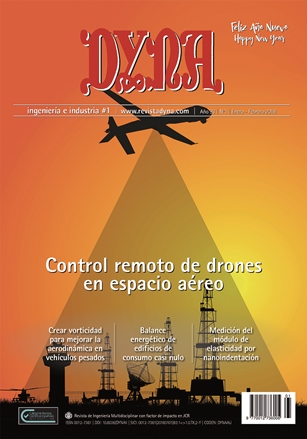SOFTWARE SOLEEC APPLIED FOR DESIGNING PARABOLIC THROUGH SOLAR COLLECTORS WITH DIRECT STEAM GENERATION SYSTEM
Keywords:
Direct steam generation, parabolic trough solar collector, software, SOLEECAbstract
In recent years, the implementation of computational tools for analyzing, optimizing and designing thermal devices is an effort where several researches are focused and the application to concentrating solar collectors is not excluded of this tendency and this is the concern of the present work, which describes the application of software SOLEEC for parabolic trough solar collector (PTC) designing with direct steam generation systems (DSG). The software is a developed computational tool using MATLAB as programming language and can be used for designing a solar system for any longitude and any latitude (except for polar caps), and even it can be used for the evaluation of the solar resource availability. For designing DSG systems the absorber tube is divided into three sections: preheating, evaporation and overheating, so the adequate mathematical models for every section are introduced into the software’s codex and some graphical interfaces for designing and assessment are created. Some input data such as solar irradiance, absorber’s tube internal diameter, air temperature and velocity, working pressure, inlet water temperature and output steam temperature are necessary for executing the software. The user can choose among the most used construction materials as for the reflective surface, selective surface and coating tube. Finally, the software shows in tables the geometrical data for the collector such as: parabola aperture, total length, focal distance, coating tube diameter and thickness, also the thermal evaluation results as heat gain, heat losses, length for every section, necessary mass flux, thermal efficiency and the temperatures for the absorber and coating tubes respectively. A maximum error of 2% was found when the software is validated with other researches results.Downloads
Published
2018-01-01
Issue
Section
ARTICULOS

